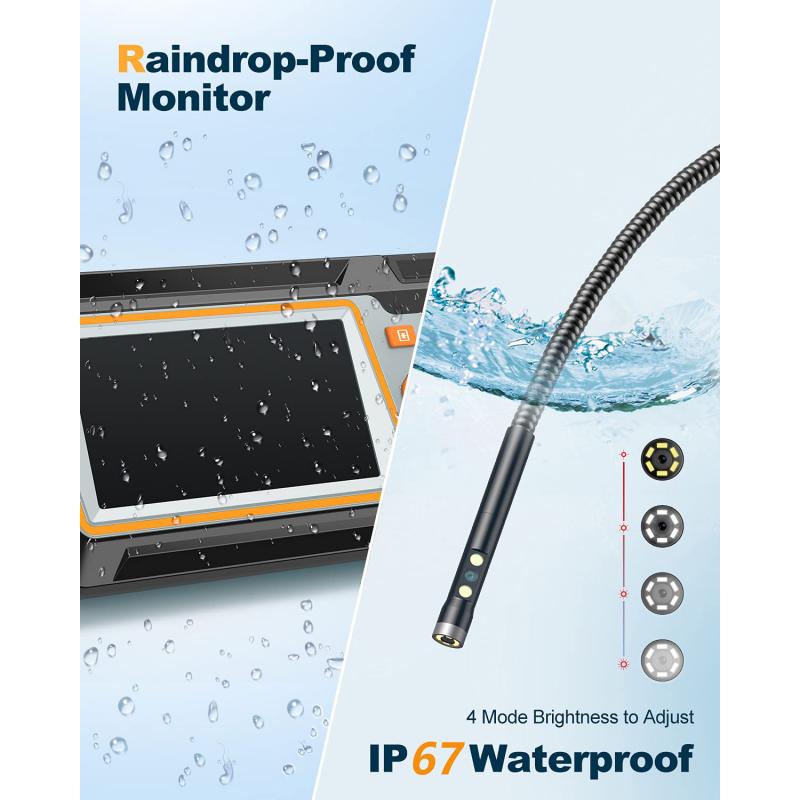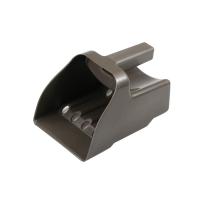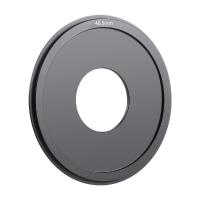What Is Endoscopic Spine Surgery ?
Endoscopic spine surgery is a minimally invasive surgical technique used to treat various spinal conditions. It involves the use of an endoscope, a thin tube with a camera and light attached to it, which allows the surgeon to visualize and access the spine through small incisions. This approach eliminates the need for large incisions and muscle dissection, resulting in reduced tissue damage, less postoperative pain, and faster recovery times compared to traditional open surgery. Endoscopic spine surgery can be used to treat conditions such as herniated discs, spinal stenosis, spinal tumors, and spinal deformities. The procedure is performed under general anesthesia, and the surgeon uses specialized instruments to remove or repair the affected area of the spine. Overall, endoscopic spine surgery offers a less invasive alternative to traditional open surgery, with potential benefits for patients in terms of reduced pain, shorter hospital stays, and quicker return to normal activities.
1、 Minimally invasive surgical technique for treating spinal disorders.
Endoscopic spine surgery is a minimally invasive surgical technique used to treat various spinal disorders. It involves the use of an endoscope, a thin tube with a camera and light source attached to it, which allows the surgeon to visualize and access the affected area of the spine through small incisions.
This surgical approach offers several advantages over traditional open spine surgery. Firstly, the smaller incisions result in less tissue damage, leading to reduced postoperative pain and a faster recovery time. Additionally, the risk of complications such as infection and blood loss is minimized. The use of the endoscope provides a magnified view of the surgical site, allowing for precise and targeted treatment of the spinal disorder.
Endoscopic spine surgery can be used to treat a variety of conditions, including herniated discs, spinal stenosis, spinal tumors, and spinal deformities. The specific procedure performed depends on the nature and location of the spinal disorder. For example, a discectomy may be performed to remove a herniated disc, or a laminectomy may be done to relieve pressure on the spinal cord in cases of spinal stenosis.
The latest point of view regarding endoscopic spine surgery is that it continues to evolve and improve. Advances in technology have led to the development of more sophisticated endoscopic instruments and imaging techniques, allowing for better visualization and manipulation of the spine. This has expanded the range of conditions that can be effectively treated using this minimally invasive approach.
In conclusion, endoscopic spine surgery is a minimally invasive surgical technique that offers numerous benefits for the treatment of spinal disorders. It provides a less traumatic alternative to traditional open surgery, resulting in reduced pain and faster recovery. With ongoing advancements in technology, endoscopic spine surgery continues to be refined and expanded, offering new possibilities for patients with spinal conditions.

2、 Uses an endoscope to access and visualize the spine.
Endoscopic spine surgery is a minimally invasive surgical technique that utilizes an endoscope to access and visualize the spine. The endoscope is a thin, flexible tube with a light and camera attached to it, allowing surgeons to see inside the body without making large incisions.
During the procedure, small incisions are made in the skin, and the endoscope is inserted through these incisions. The camera on the endoscope provides high-definition images of the spine, allowing the surgeon to navigate and perform the necessary surgical interventions. Specialized instruments can also be inserted through additional small incisions to perform the required surgical procedures.
This technique offers several advantages over traditional open spine surgery. Firstly, the smaller incisions result in less tissue damage, leading to reduced postoperative pain and a faster recovery time. Additionally, the risk of complications such as infection and blood loss is minimized. The endoscopic approach also allows for better visualization of the affected area, enabling surgeons to perform precise and targeted interventions.
The latest point of view on endoscopic spine surgery emphasizes its potential to treat a wide range of spinal conditions, including herniated discs, spinal stenosis, and spinal tumors. It is particularly effective in decompressing nerves and removing damaged or diseased tissue. Moreover, advancements in endoscopic technology have led to improved image quality and instrument design, further enhancing the safety and efficacy of the procedure.
However, it is important to note that endoscopic spine surgery may not be suitable for all patients or all types of spinal conditions. The decision to undergo this procedure should be made in consultation with a qualified spine surgeon who can evaluate the individual case and determine the most appropriate treatment approach.

3、 Reduces tissue damage, scarring, and recovery time compared to traditional surgery.
Endoscopic spine surgery is a minimally invasive surgical technique used to treat various spinal conditions. It involves the use of an endoscope, a thin tube with a camera and light source, which is inserted through small incisions in the skin to access the affected area of the spine. This allows surgeons to visualize and treat the spine without the need for large incisions or extensive tissue disruption.
One of the key advantages of endoscopic spine surgery is that it reduces tissue damage, scarring, and recovery time compared to traditional open surgery. With smaller incisions, there is less disruption to the surrounding muscles and tissues, resulting in reduced postoperative pain and a quicker recovery period. Additionally, the risk of infection and other complications is also minimized.
The endoscope provides high-definition imaging, allowing surgeons to have a clear view of the surgical site. This enables precise and targeted treatment of the spinal condition, such as removing herniated discs, decompressing nerves, or stabilizing the spine. The use of specialized instruments allows for the removal of damaged or diseased tissue while preserving healthy structures.
Furthermore, advancements in endoscopic spine surgery techniques continue to improve patient outcomes. For example, the development of minimally invasive endoscopic fusion procedures has expanded the range of conditions that can be effectively treated using this approach. These procedures involve the use of implants and bone grafts to stabilize the spine, providing long-term relief for conditions such as degenerative disc disease or spinal instability.
In conclusion, endoscopic spine surgery offers numerous benefits over traditional open surgery. It reduces tissue damage, scarring, and recovery time, leading to faster healing and less postoperative pain. As technology and techniques continue to advance, endoscopic spine surgery is becoming an increasingly popular and effective option for treating a wide range of spinal conditions.

4、 Commonly used for herniated discs, spinal stenosis, and spinal tumors.
Endoscopic spine surgery is a minimally invasive surgical technique used to treat various spinal conditions such as herniated discs, spinal stenosis, and spinal tumors. Unlike traditional open spine surgery, which requires large incisions and muscle dissection, endoscopic spine surgery utilizes small incisions and specialized instruments to access and treat the affected area of the spine.
During the procedure, a small tube-like device called an endoscope is inserted through a small incision. The endoscope contains a camera and a light source, allowing the surgeon to visualize the spine on a monitor. This provides a clear view of the affected area, enabling precise surgical intervention.
One of the main advantages of endoscopic spine surgery is its minimally invasive nature. The smaller incisions result in less tissue damage, reduced blood loss, and faster recovery times compared to traditional open surgery. Patients often experience less postoperative pain and require shorter hospital stays.
Furthermore, endoscopic spine surgery offers the potential for targeted treatment. The surgeon can directly access the affected area of the spine, removing herniated disc material, decompressing spinal nerves, or excising tumors with minimal disruption to surrounding tissues. This targeted approach can lead to improved outcomes and reduced risk of complications.
In recent years, advancements in technology have further enhanced the capabilities of endoscopic spine surgery. High-definition cameras, specialized instruments, and navigation systems have improved visualization and precision during the procedure. Additionally, the development of endoscopic laser techniques has allowed for the treatment of more complex spinal conditions.
Overall, endoscopic spine surgery has become an increasingly popular option for patients requiring spinal interventions. Its minimally invasive nature, targeted treatment approach, and technological advancements have made it a viable alternative to traditional open surgery. However, it is important for patients to consult with a qualified spine surgeon to determine if they are suitable candidates for this procedure.




























There are no comments for this blog.